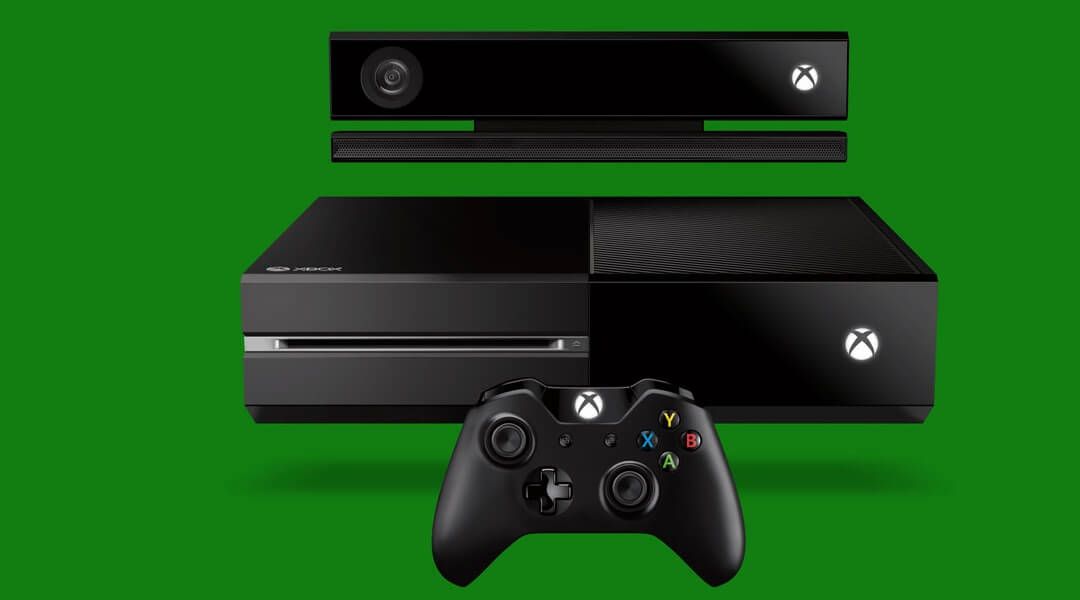The New Xbox One Experience adds backward compatibility and new social features to the Xbox One, but the update will also drop Kinect gestures on the dashboard.
This week, the Xbox One is getting a massive overhaul, as Microsoft will be introducing the 'New Xbox One Experience'. The New Xbox One Experience not only makes the Xbox One backward compatible, but it also adds features such as Game Hubs, the Community area, and a "revamped" OneGuide. Unfortunately, though, it will also ditch an Xbox One launch feature – Kinect gestures.
Kinect 2.0 launched with gesture controls that allowed users to navigate their Xbox One dashboards using their hands. With Kinect plugged in, they could scroll through screens, select items on the dashboard and even open notifications. But in an interview with Windows Central, Xbox's director of platform management Mike Ybarra says that this has been nixed:
"When we looked at the New Xbox One Experience we wanted to prioritize features that customers were asking for, plus areas of improvement from the existing Xbox One UI...The usage was very, very low".
In a statement to GameSpot, a Microsoft representative explained the decision further, saying that Kinect gestures were removed in order for Ybarra's team to "focus on fan-requested features resulting in a faster and more social Xbox One experience." It's worth noting, though, that the Kinect's motion detection capabilities, biometric sign-in feature, Skype video calls, and gameplay uses remain intact.
In some ways, the decision can be seen as a good thing. When the New Xbox One Experience launches, over 100 Xbox 360 games will be backward compatible with Xbox One, a feature that most Xbox One users would argue is far more important than Kinect gestures to the console's appeal and success. So, it makes sense for Ybarra and co. to focus on making these work rather than supporting the lesser used gestures.
Fans of Kinect, however, have gone so far as to suggest that this is the beginning of the end of Kinect support. While the camera launched as a mandatory Xbox One add-on, slow sales and a high price (which was because of the Kinect camera) led Microsoft to offer Kinect as a standalone add-on instead. They say that the decision not to support gestures going forward – even as Microsoft marketing executive Mike Nichols said that people use Kinect more for the user interface features than with games – could signal the end for Kinect's other features. There's no other evidence to support that just yet, but this latest development doesn't look good for the peripheral.
Source: Windows Central, GameSpot

